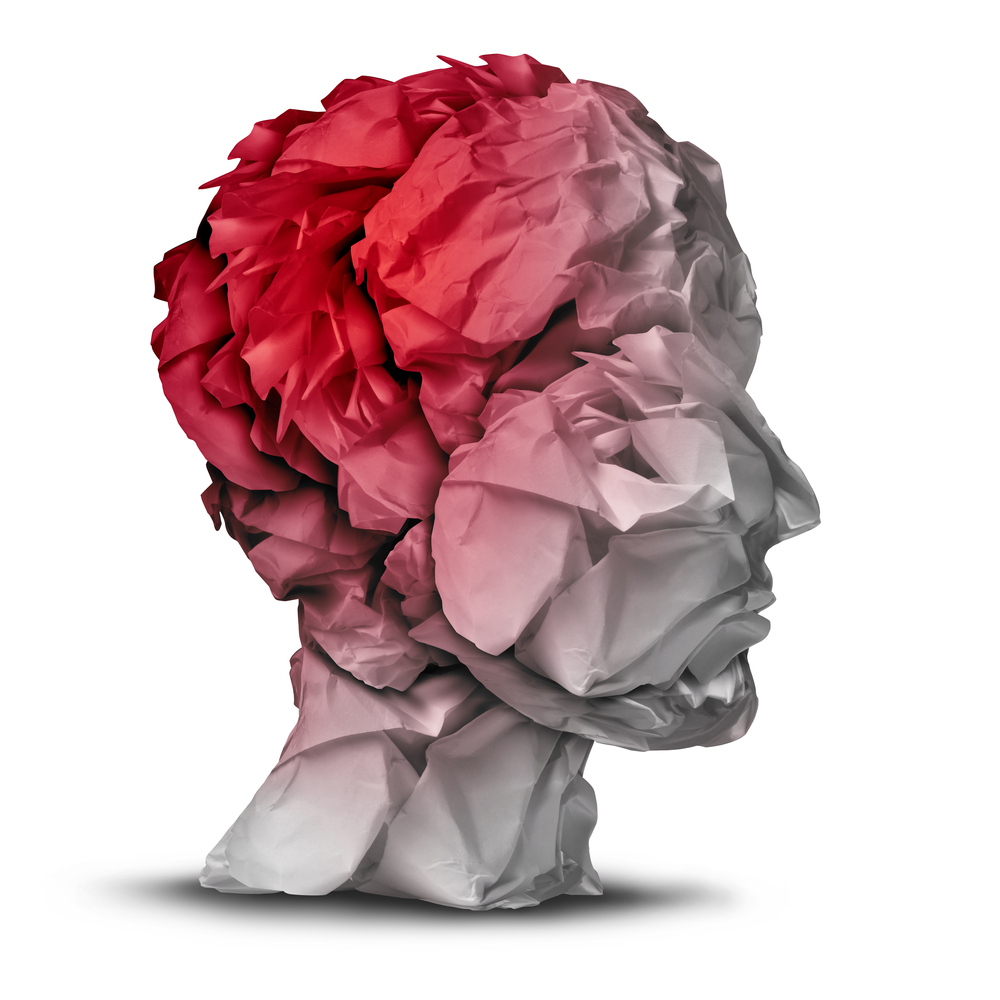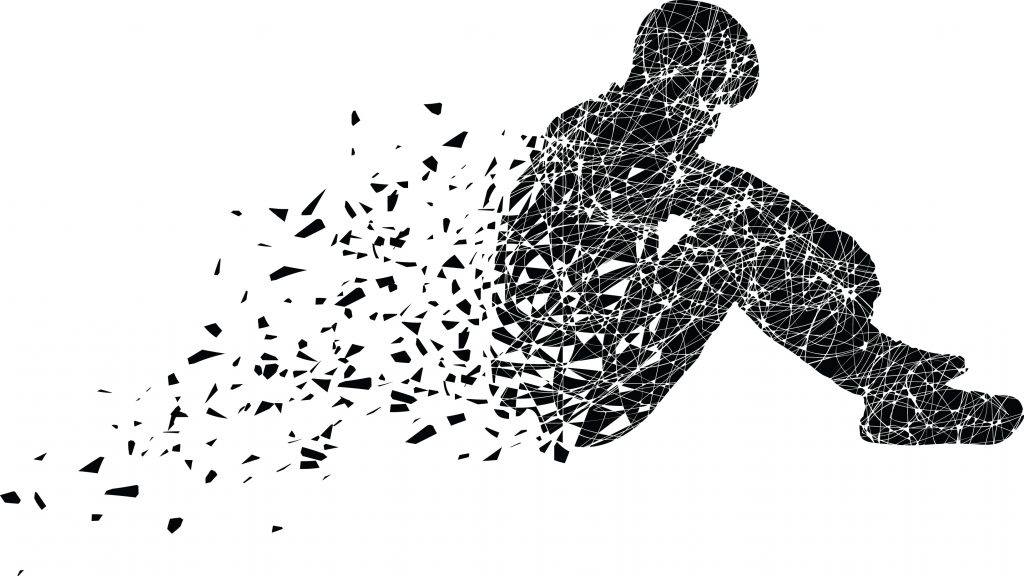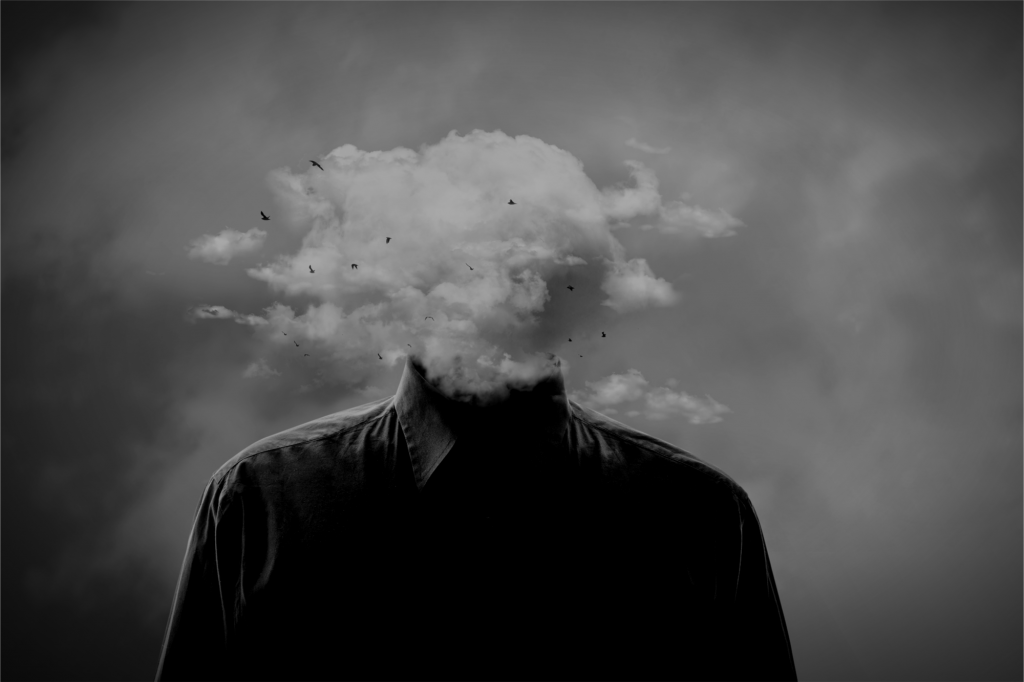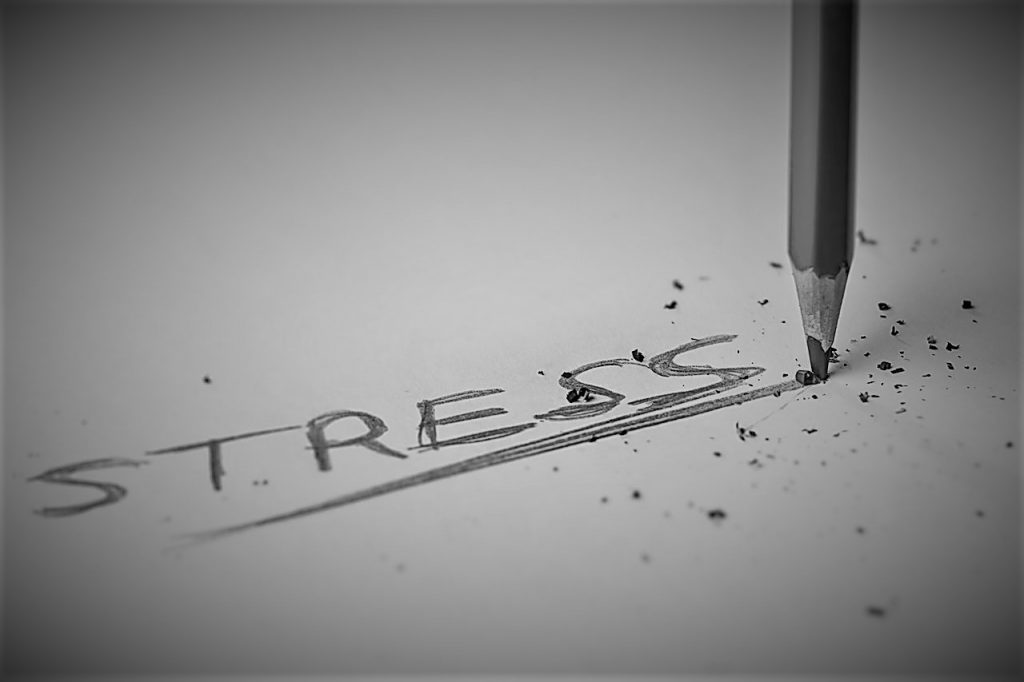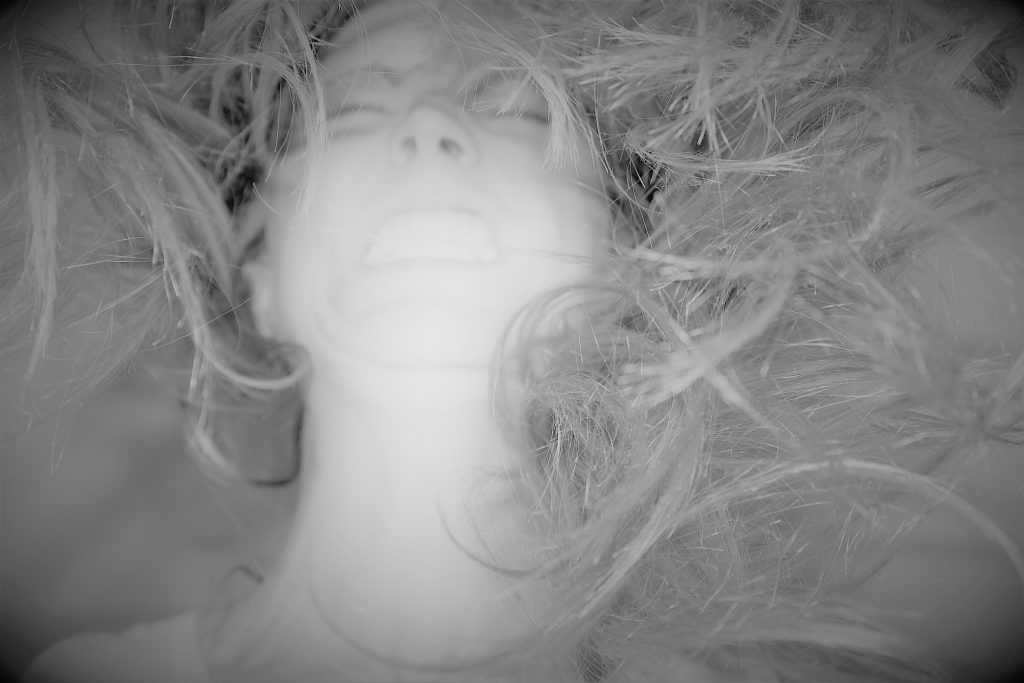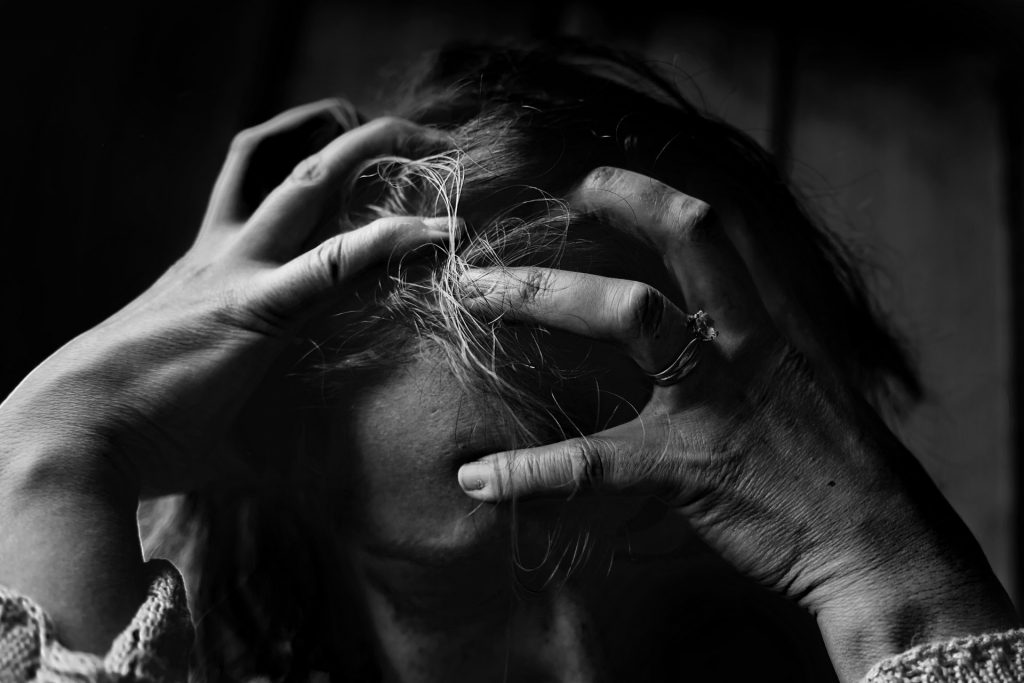Most people with PTSD shy away from disclosing their diagnosis for fear of stigmatization.
Most people without PTSD – who are not otherwise touched by the disorder – have little or no knowledge of how it impacts the lives of those affected.
PTSD is a mental health condition that affects each person differently. It develops after experiencing one or more traumatic events such as childhood mental, physical, psychological, or sexual abuse and/or neglect, car accidents, natural disasters, war, human trafficking, or other forms of shock and awe or violent situations.
Most people are flooded with strong emotions of fear, sadness, anxiety, confusion, discomfort, lack of safety, self-esteem issues, anger, grief, shame, guilt, pain, and memories of the traumatic events, and begins to avoid all matters that can serve as a reminder of the event.
Those who are exposed to long-term, ongoing, and/or repeated traumatic experiences, generally during childhood, develop C-PTSD, Complex Post-Traumatic Stress Disorder. Prolonged trauma at an early age results in people growing up always being afraid. C-PTSD includes many of the symptoms of PTSD, and others that are more complex in nature.
PTSD can be quite debilitating and life-impacting, and can alter the person’s thought process. Extreme trauma changes the brain’s chemistry making sufferers think and react differently about themselves and the surrounding environment.
In essence, the disorder greatly affects five crucial areas of a person’s life: safety, trust, control, self-esteem, and intimacy. While the disorder can be impacting and debilitating, taking control of these areas is the foundation to healing from PTSD, regaining control, balancing your life, fulfilling your dreams, and even helping others understand what is happening to you so that they can embark on their own healing journey.
PTSD and the vast accompanying problems that come with it can have an enormous impact on a person’s life, as well as the lives of family, friends, loved ones, and even coworkers. It could be your impact on their lives. It could also be the impact [on you] of their reactivity to your symptoms. Regardless, living with PTSD is hard for everyone. If the PTSD sufferer is not in control of their symptoms, they cannot fully enjoy life and will have a constant negative impact on the lives of others.
But Why Did I Develop PTSD?
There is no magic ball that can answer that question for anyone. Between psychological and biological factors, PTSD can develop at any age. The manifestation and intensity of symptoms varies greatly from person to person and there are many factors that can affect the development and appearance of PTSD. Commonly known contributing factors to developing PTSD include:
- Genetics
- Family Dynamics
- Environment
- Modeling
- Timing, Intensity, & Duration
- In-Utero Influence
- Having a Hidden Disability
- Resilience Factors
When you have PTSD, certain feelings, thoughts, situations, people, objects, sounds, smells, and even noises can bring up uncomfortable PTSD symptoms like memories of the traumatic event or feelings of being on edge, anxious, and even jumpy.
The reality is that when you have PTSD, almost anything can bring uncomfortable symptoms and affect your actions and reactions, especially without coping skills.
PTSD triggers, anything with the ability to make you remember trauma, can be internal or external. Internal triggers are those things you feel and experience inside your own body. Thoughts, memories, emotions, physical sensations, etc. are all internal triggers. External triggers are those outside influences you’ll have to deal with throughout your day. Situations, places, people, or other things that happen outside your body are external triggers.
Although it feels as if your symptoms occur spontaneously, this is not the case. The reason you feel your PTSD symptoms appear unannounced is because you have not yet learned to be aware of them. You don’t have a way, or have not yet figured out, how to become aware of them and manage them ahead of time.
When you have PTSD, you worry about almost anything because PTSD sufferers perceive the surrounding environment as dangerous and uncertain, allowing almost any trigger to get the best of them. It can be quite frustrating to deal with PTSD triggers, even more without coping strategies. Because so many things have the potential to trigger a negative response, it is imperative to learn mechanisms that allow you to prepare for them before they occur. Coping strategies are skills you should master before trying to take on your PTSD symptoms. Don’t be a mindless fighter, be a warrior with a purpose.
Intrusion & Catastrophe
Intrusive thoughts and catastrophic thinking are two of the most impacting symptoms of PTSD. Between annoying repetitive thoughts and the thinking they elicit, these two symptoms can be quite devastating. If unmanaged or uncontrolled, both have the ability to ruin your day, week, month, affect your health, and interfere with your personal and professional life.
Intrusive thoughts and catastrophic thinking are the invasive species that don’t allow people [with PTSD] to move forward with their healing. They are the disorder’s allies, and having knowledge of when intrusive thoughts kick in will help you control the catastrophic thought process that follows. Knowing when they’re coming and controlling the source of the triggers is the single most valuable skill you can learn to tackle your PTSD symptoms and regain control of your life. You can achieve this through a concept known as self-monitoring.
Although it may feel as if your PTSD symptoms occur spontaneously, this is not the case. PTSD symptoms don’t appear unannounced. They usually occur after a trigger sets them off. Therefore, learning about and pinpointing your triggers will help you prevent out of control situations. You can learn to become aware of them and manage them ahead of time before the disrupt your day.
One of the cornerstones of living a controlled PTSD life is rooted in learning to manage the unwelcome and distressing intrusive thoughts. This is paramount, as intrusive thoughts will trigger other PTSD symptoms that could worsen most situations in your life.
Catastrophic thinking is a very unpleasant cognitive interference. It is when a person [with PTSD] has a tendency to always expect the worst. They don’t consider other possibilities. Catastrophic thinking is one or several exaggerated thoughts that don’t go in line with the cognitive reality of the situation. It’s an extreme cognitive misinterpretation of the surrounding environment.
Constantly focusing on a worst case scenario leads to anxiety and more stress. Regardless of the nature of your trauma, try to understand that your past events are not a constant feature in your life, and should not have an impact in your present. Don’t let your negative thinking upset you. Instead, work on turning your distortion into a deliberate effort to stay safe, instead of living in fear.
With practice, you can turn your concern for your personal (and family) safety into disaster preparedness knowledge and awareness. Shift your fear of harm into a powerful tool that lets you see the world as a training survival skill, not a state of deliberate harm that can cause a traumatic event. Retrain your brain.
About Defense Mechanisms
Human defense mechanisms, responses, or reactions, are psychological processes that help protect against anxiety and alert your brain and body of any internal or external conflicts and dangers that may exist.
People with PTSD develop a variety of defense mechanisms (consciously or unconsciously) that have the power of positively or negatively influence the disorder, affecting their ability to heal. Sadly, even after therapy, most people with PTSD are unaware of these processes, how they function and how the affect their lives. This lack of knowledge does not help them properly and effectively moderate their reactions to emotional conflict and internal and external stressors.
It’s important to try to identify and take note of any (healthy or unhealthy) defense mechanisms you have or frequently use, as these can influence your PTSD brain, actions, and reactions. Collecting information about your PTSD is one crucial component to start healing from the disorder. For example:
- When confronted with a stressful scenario, do you compromise with reality, or does your current system of defense mechanisms is functional and allows your to handle stressors in a flexible manner?
- Or, are you repressing disturbing thoughts, desires, or experiences from your conscious awareness so you don’t know the origin of those feelings?
- Are you choosing to isolate yourself from your surrounding environment because everything seems hard?
- Perhaps you have considered addressing your PTSD from a humorous standpoint? Being able to laugh at what you cannot control can do wonders for your life.
Coping mechanisms work for everyone whether you have PTSD or not. However, as a PTSD sufferer, proper coping mechanisms are crucial to your ability to function with a ‘different’ brain in a world where everything just seems out of place, agitated, and out to get you all the time.
The PTSD sufferer views the world through a lens filtered by trauma because PTSD changes your brain chemistry. The only way to change the filter is to absorb is by retraining your brain after trauma. Once you retrain your brain and acquire your own custom made coping mechanisms, you’ll be able to turn your PTSD symptoms into powerful and useful survival skills that enhance your life and make you an asset, instead of absorbing it and making you a liability.
How Your Body Fights Stress
Stress is a biological and psychological response that occurs when we encounter a threat. For those with PTSD, the response experienced is more noticeable, as the PTSD brain doesn’t feel capable of dealing with negative stimulus of the stressor. But you can learn skills and mechanisms to ameliorate these responses.
The body’s stress system (HPA-axis & SAM) is crucial to our physiological response to stress. Non-PTSD sufferers lack exaggerated physical and behavioral responses that activate in the presence of stress. They have milder responses because they can adapt better before, during, and after stressful situations. Their brain chemicals are not affected, at least not by PTSD.
But those with PTSD have an excessive and prolonged activation of the stress system. The wheels of a car screeching as it takes off might make you jump from your seat, while others just turn their heads to notice where the sound is coming from. Remember, chronic stressful situations without adaptation can have a significant impact on your overall short and long-term health. This is why it’s important to learn skills and get your life under control.
PTSD & Unmanaged Stress
As a person with PTSD, you are constantly under stress, and your response to stress is different from non-PTSD sufferers. Your stress is different that those who don’t have anxiety based disorders, and unique to you and your cocktail of PTSD symptoms. Your reactions and responses to stimuli are particular to you, and no one else.
Most people have positive or tolerable responses to stress as long as the negative experience doesn’t last. But PTSD sufferers struggle with their ability to regain control of their fight-or-flight response and cannot get back to a safe place where the body’s stress system is not on high alert. If the mind can’t rest, the body won’t be able to either.
Living with PTSD is a continuous and painful challenge people didn’t ask for. Yet, it’s a disorder that anyone can take control of. The overabundance of side effects associated with the condition plays a significant role in why the lives of people with PTSD are so stressful, in disarray, and full of anxiety. Many of the symptoms directly affect the person’s ability to function in a world where the majority of the population doesn’t suffer from PTSD.
PTSD and unmanaged stress can also have a serious negative impact on your friends, loved ones, children, coworkers, pets, and everyone else you come in contact with daily. PTSD affects your relationships at a deep level, and managing stress is the best way to take control of the symptoms. Thankfully, there is something you can do about it to help yourself, your symptoms, your reactions to stimuli, and this will also make it easier for others to help and support you. Remember that PTSD is not just difficult for you, it takes a toll on those who love you.
The stigma of living with PTSD keeps many sufferers ‘bottled up’ and unable to express themselves. Internalizing and not talking about PTSD and its symptoms prevents people from finding and accessing appropriate resources that could help them heal and move forward.
In addition, many of the evidence based resources are only available to military veterans, or to private citizens at high costs. There is no shame in admitting that you have PTSD, and absolutely no shame in acknowledging that it stresses the heck out of you. Different people handle stress in different ways. What works for one person may not necessarily work for another.
Stress is not a life or death situation for most people. But for those with PTSD, facing a worry or feeling uncomfortable with something around can turn into a deep feeling of anger, fear, or frustration. These feelings, if unmanaged, can feed more negative feelings to the mind and body, resulting in a short-tempered reaction to the issue that can quickly and easily ruin your day, and affect others.
This is the essence of the disorder. Being worried can turn into physical aches and pains, or manifest behaviorally through explosive and exaggerated reactions to the world around. Understanding your stress and what triggers you, your mind, and your body are the best approaches towards living a more controlled and less stressful PTSD life and to achieve your fullest potential.
How Stress Affects Your PTSD Symptoms
While some people might have issues with hypervigilance, others might suffer with insomnia, anger, or insurmountable amounts of guilt and shame. Unmanaged stress will greatly exacerbate any psychological, behavioral, or physical symptoms of PTSD.
Regardless of which PTSD symptom is your nemesis, all of them can turn your life upside down if you don’t get a hang of your stress and reduce your anxiety. Don’t forget that PTSD is an anxiety-based disorder, so tackle it where it hurts most. In my opinion, therapy or medicine management alone do not fully address the complexity of the daily living with PTSD and its symptoms in a world where the rest of the population is not on therapy or medicine and doesn’t much care to understand why others are.
The warrior within each PTSD sufferer, community, and the power that having a solid and accepting support system offer is the missing link to fully recover. Don’t doubt that you have it in you to beat this disorder and take full control of your life.
Stress can have serious and detrimental effects in your life. Unmanaged stress can have far reaching and even fatal effects on your PTSD life. Everything, from your body to your mind, is affected by stress. You act, think, work, and love differently because of your stress. Your ability to fight the PTSD battle will be reduced unless you work hard and learn to recognize and take control of your stress before it takes control of you and your life.
Start tackling anxiety levels by identifying the sources of your own personal stress. Do you have:
- Survival Stress
- Relationship Stress
- Chemical and Nutritional Stress
- Internally Generated Stress
- Family Stress
- General Anxiety Stress
- Work Stress
- Stress Caused by Changes
- Financial Stress
Learning to manage stress will reduce anxiety and will help you pump your energy and boost your output levels. This shortens the angry or uncontrolled reaction to negative stimuli around you. To properly manage any stress, you must fully and truly understand that not every stimulus is a negative one, and that even negative stimuli should not produce an equally negative reaction. You must understand that You are not always in imminent danger. It is not always necessary to gather all your resources and fight back or run away from the perceived danger.
- For people with PTSD, stress, especially unmanaged, generally has negative effects. Stress promotes:
- pessimism, anger, distrust, rejection, and depression.
- For people with PTSD, stress can have a psychosomatic manifestation.
- From a mild headache to a monster migraine.
- From high blood pressure to constipation.
- From lack of sleep to lack of appetite.
- From heart diseases to ulcers.
- From stomach upsets to sleep deprivation
- Even full-blown strokes or ischemic attacks.
To manage and control your body and mind’s reactions associated with stress, you must first learn to identify your body’s warning signs and signals, and then learn to build resistance against them by incorporating, implementing, and practicing defense mechanisms, techniques, skills, and tricks.
Every person with PTSD functions different, and your approach to managing stress must be catered to your needs.Keep in mind that stress can manifest in a variety of forms. From rapid heartbeat, dizziness, body and muscle aches, sleeplessness, and stomach upsets, PTSD can manifest in your life in ways you didn’t imagine. Stress can have far reaching negative physical effects on a PTSD person. Paying immediate attention to your body’s warning signs and learning to anticipate the effect that it can have on your body and ability to react properly will slowly arm yourself with powerful tools of resistance against stress.
If you’re ready to understand, disembowel, and Beat PTSD to take control of your life, please click here.
